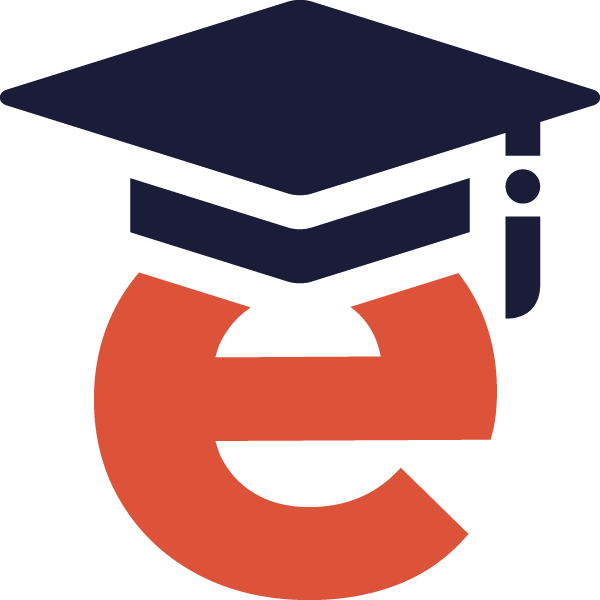Preparing for the Future: Navigating eLearning Trends in Education
Written by Erin Pope
Technology integration has become more essential than ever in today’s rapidly evolving educational landscape. The emergence of eLearning trends has transformed how we learn and teach, making it crucial for educators and administrators to stay informed and adapt to these changes. In this article, we’ll delve into practical approaches that empower teachers and administrators to navigate eLearning trends effectively, with a keen focus on the latest tech launches.

Embrace the Power of Personalized Learning
One of the most significant eLearning trends is the shift towards personalized learning experiences. Recognizing that every student has unique learning preferences and paces, educators and administrators should adopt strategies that cater to individual needs.
We recommend leveraging data analytics to monitor student performance and engagement. Learning management systems (LMS) equipped with analytics can provide insights into students’ progress, enabling teachers to tailor interventions based on real-time data. Explore adaptive learning technologies that adjust the content and pace of instruction to match each student’s learning level. These platforms use algorithms to analyze student responses and provide appropriate challenges continuously. Some of the most innovative LMSs on the market are Absorb LMS, iSpring Learn, SkyPrep, LearnWorlds, and Thinkific.
At eLearningDOC, our design approach centers on each learner’s unique needs. We encourage educators to design against a ‘one size fits all’ mindset, but rather to create innovative and personalized learning for each student. Utilizing various technologies and teaching strategies online or in the classroom creates an environment for everyone to thrive. We offer a wide range of eLearning design capabilities to empower your learners with engaging content, interactive learning experiences, and accessible design.
Integrate Immersive Technologies
Immersive technologies, such as virtual reality (VR) and augmented reality (AR), are revolutionizing education by creating interactive and engaging learning experiences.
One way to incorporate VR into your classroom is to use VR to take students on virtual field trips to historical sites, museums, and even different countries. This technology enables students to explore places that might be otherwise inaccessible. In subjects like science and engineering, AR and VR can provide students with hands-on experiences in virtual laboratories. This approach enhances their understanding of complex concepts.

VR and AR can simulate real-world scenarios, enabling students to apply their knowledge in practical contexts. For instance, medical students at the University of Virginia are utilizing virtual reality to “allow learners to grow accustomed to more authentic clinical scenarios without compromising patient safety while also offering fewer restrictions on time or place.”
Immersive technologies can cater to various learning styles and abilities. Visual learners can benefit from 3D models and visual aids, while auditory learners can have interactive audio elements. Additionally, VR and AR can be customized to accommodate students with disabilities, making education more inclusive. VR/AR can also foster cultural awareness and global competence by allowing students worldwide to meet in virtual classrooms to work on projects or explore diverse perspectives.
Embrace Hybrid Learning Models
The COVID-19 pandemic accelerated the adoption of hybrid learning models, which combine in-person and online instruction. Due to their flexibility and convenience, these models will likely persist as the world recovers.
As an instructor, ensuring that your learning management system supports in-person and online learning components is crucial. This integration streamlines the transition between different modes of instruction. Another option is to offer virtual office hours to students who cannot attend in-person sessions. Video conferencing tools allow you to facilitate one-on-one interactions and clarifications with your students.
Navigating a hybrid learning model as a teacher requires a blend of technology proficiency and pedagogical adaptability. A few practices for embracing the hybrid module include:
- Establish a consistent schedule, communicate effectively with students and parents, and consider recording lessons for accessibility.
- Engage in-person and remote learners through inclusive teaching methods and adapt instructional materials to suit both settings.
- Clear instructions for assignments and timely feedback are essential, as is ongoing professional development.
- Flexibility and technical support are crucial. Don’t forget to prioritize self-care to manage this teaching approach’s demands effectively.
Foster Collaborative Learning
Collaboration is a crucial skill in today’s interconnected world. eLearning trends emphasize the importance of fostering collaborative learning experiences.
Assign group projects that require students to collaborate virtually. Platforms like Google Workspace and Microsoft Teams provide tools for real-time collaboration on documents and presentations. Incorporate online discussion forums into your courses. These forums encourage students to share their thoughts, ask questions, and engage in meaningful conversations beyond the classroom.
Keep Abreast of Tech Launches
Educators and administrators must stay informed about the latest tech launches and innovations to navigate eLearning trends effectively.
Participate in webinars, workshops, and online courses that focus on eLearning trends and emerging technologies. This ongoing learning helps educators remain adaptable and ready to implement new tools. Attend technology showcases and conferences to explore the latest educational technologies firsthand and interact with vendors. This experience can help you make informed decisions about integrating new tools into your curriculum.
Looking ahead at the 2024 school year, here are a few tech launches you can expect:
- Companies like Oculus, HTC, and Sony are anticipated to launch next-generation VR headsets with higher-resolution displays, enhanced tracking, and more immersive experiences. (Read more on LinkedIn.)
- AR glasses that overlay digital information onto the real world are gaining momentum. Brands like Apple and Microsoft are rumored to release AR glasses that could revolutionize industries from gaming to healthcare. (Read more on LinkedIn.)
- Zoom has announced the launch of ‘Zoom Docs’ in 2024. Users can summarize meetings, chats, and information from Zoom Docs or generate in-document tables. (Read more on The Verge.)
Conclusion
As eLearning trends continue to reshape the educational landscape, educators and administrators must proactively adapt to these changes. Personalized learning, immersive technologies, hybrid learning models, collaborative learning, and staying updated with tech launches are all essential components of navigating this evolving terrain. By embracing these practical approaches, educators can create engaging and effective learning environments that prepare students for success in an increasingly digital world. Remember, the key to success lies in embracing change and being open to leveraging technology to its fullest potential.








